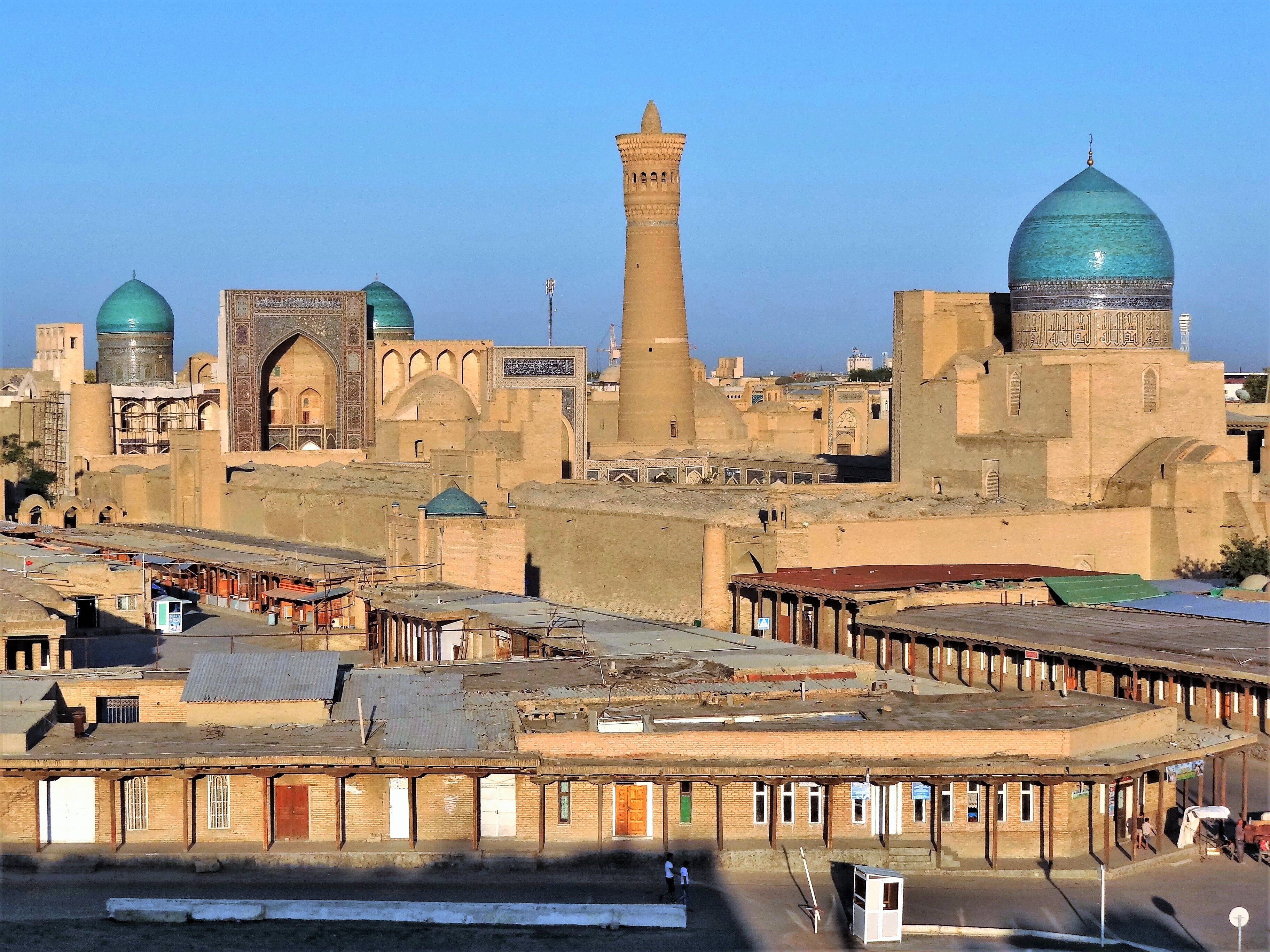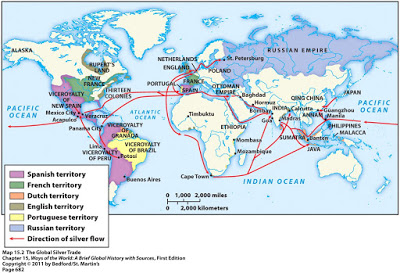Throughout Austen's novels, certain cities and regions of England have become increasingly iconic in the ways we recognize and think of them. Janine Barchas claims that "[t]o a significant extent, Jane Austen creates her novels out of the 'real solemn history'" and her delightful narratives "flow from historical fact" (115). Northanger Abbey is a prime example of how Austen's "minute attentions" (Barchas 116) to the location actually play into the gothic satire and help to "embolden . . . Austen's irony" (Barchas 117).
Even just gleaning from the way Northanger Abbey's narrative, it is clear to see that Bath is viewed as "the epitome of the urban renaissance" and was perceived as "one of the most civilizing influences" (Byrne) because...
more


